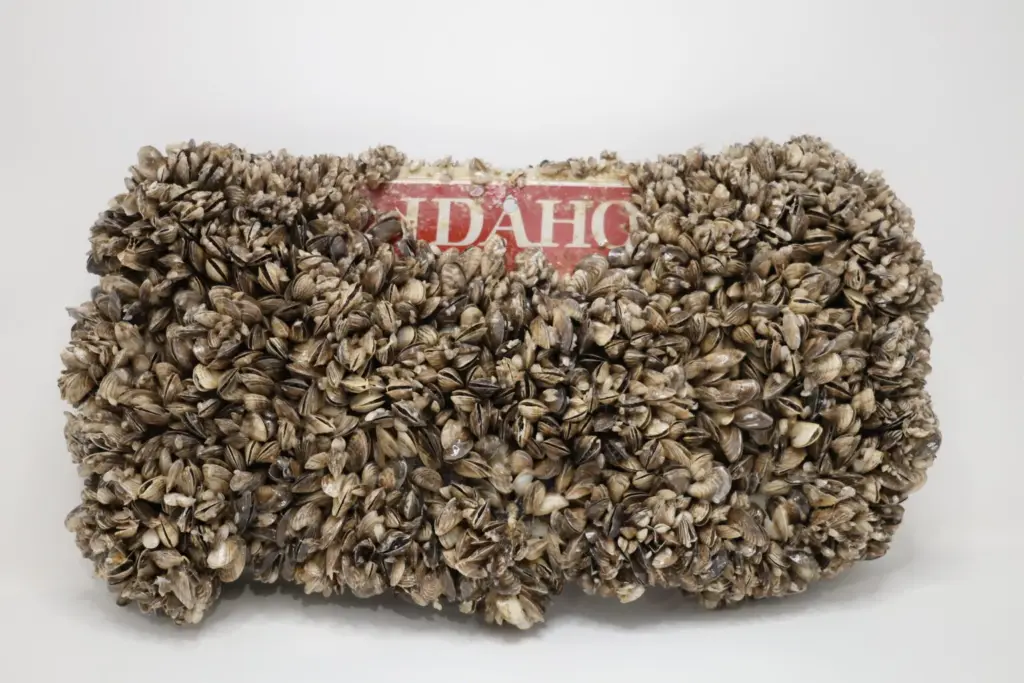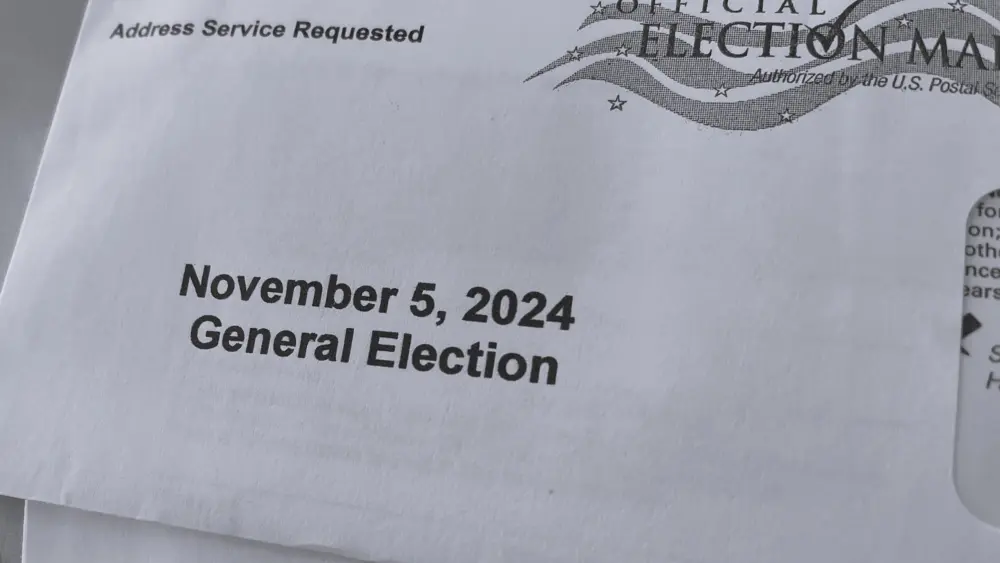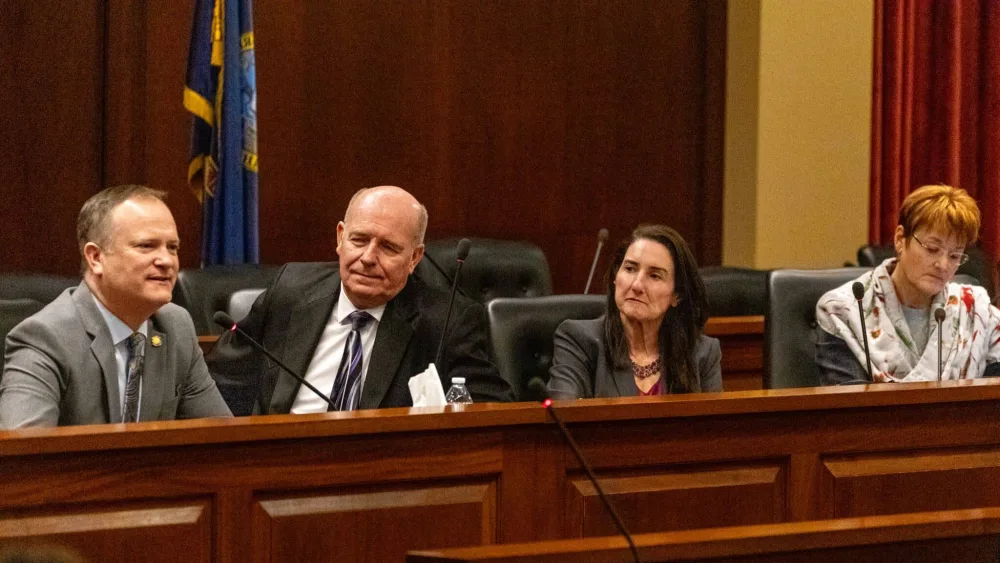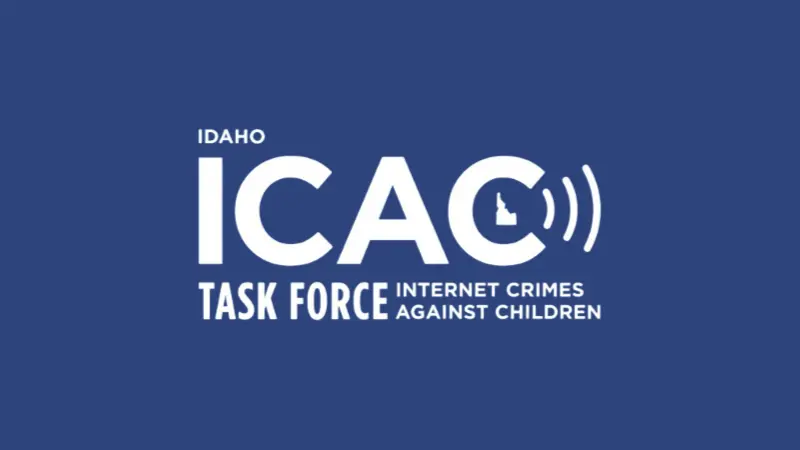TWIN FALLS, ID – For the first time this year, Idaho officials announced Friday they found invasive mussels in the Snake River near Twin Falls.
Quagga mussels, an invasive species, can clog pipes used for drinking water and irrigation. Idaho has the fifth highest share of irrigated agricultural land in the nation, according to the U.S. Department of Agriculture.
‘We take this seriously’: ISDA director on out-of-state boat traffic, Idaho quagga mussels
After detecting the invasive species first in 2023 and again in 2024, Idaho officials treated the river with a chemical to kill the mussels.
But officials with the Idaho State Department of Agriculture say the amount of the river in which quagga mussel larvae were detected this year, about 3.5 river miles, is 51% lower than last year’s range, which was 7.2 river miles. Officials say that is progress, and shows the agency’s treatment strategy is effective.
“Quagga mussels pose a serious threat to Idaho’s water infrastructure, ecosystems and economy,” Idaho State Department of Agriculture Director Chanel Tewalt said in a statement. “Full eradication remains the goal, but even reaching a level of containment is uncommon in other U.S. systems. (The agency’s) treatments are critical to prevent widespread impacts to agriculture, power generation and Idaho’s aquatic environments.”
The announcement came two years after Idaho officials first found the invasive mussel species in the Snake River near Twin Falls in September 2023.
This year’s detections are located near Shoshone Falls, according to the Idaho State Department of Agriculture.
After copper-based chemical treatment in Snake River, Idaho officials planning ‘targeted treatment plan’ for this year
In response to detections in 2023 and 2024, officials and contractors applied a copper-based chemical called Natrix to the river, which is meant to kill the mussels but also kills fish. Officials also boosted other prevention and monitoring efforts, including water craft inspection sites and public education to clean water crafts.
The Idaho State Department of Agriculture is preparing a “targeted treatment plan” for this year, officials announced in a news release.
The treatment will likely involve the copper-based chemical Natrix, “as it has been proven to be effective,” agency spokesperson Sydney Kennedy told the Idaho Capital Sun.
The agency spent $1.5 million on Natrix in 2023 and $2.1 million in 2024, the Idaho Capital Sun previously reported.
In a joint statement, officials from the city of Twin Falls and the counties of Twin Falls and Jerome said their communities “are proud to stand alongside the Idaho State Department of Agriculture in this critical fight against quagga mussels.”
Thanks to the agency’s “swift action and expertise, the infestation has been contained to a small stretch of the Snake River, and we are encouraged by this progress. Protecting our waterways from quagga mussels is essential to our farms, residents and the entire Magic Valley community, and this partnership is key to safeguarding the future of our region,” read the statement by Twin Falls Mayor Ruth Pierce, Jerome County Commission Chairman Ben Crouch and Twin Falls County Commission Chairman Don Hall.
The State Department of Agriculture reports it has inspected roughly 159,000 water craft this year.
In the area of the Snake River that is infested, officials say the agency conducted more than 450 samples out of more than 4,500 across the state.
Find more information about the state’s quagga mussels prevention efforts online on the state of Idaho’s invasive species website.
Idaho Capital Sun is part of States Newsroom, a nonprofit news network supported by grants and a coalition of donors as a 501c(3) public charity. Idaho Capital Sun maintains editorial independence. Contact Editor Christina Lords for questions: info@idahocapitalsun.com.





